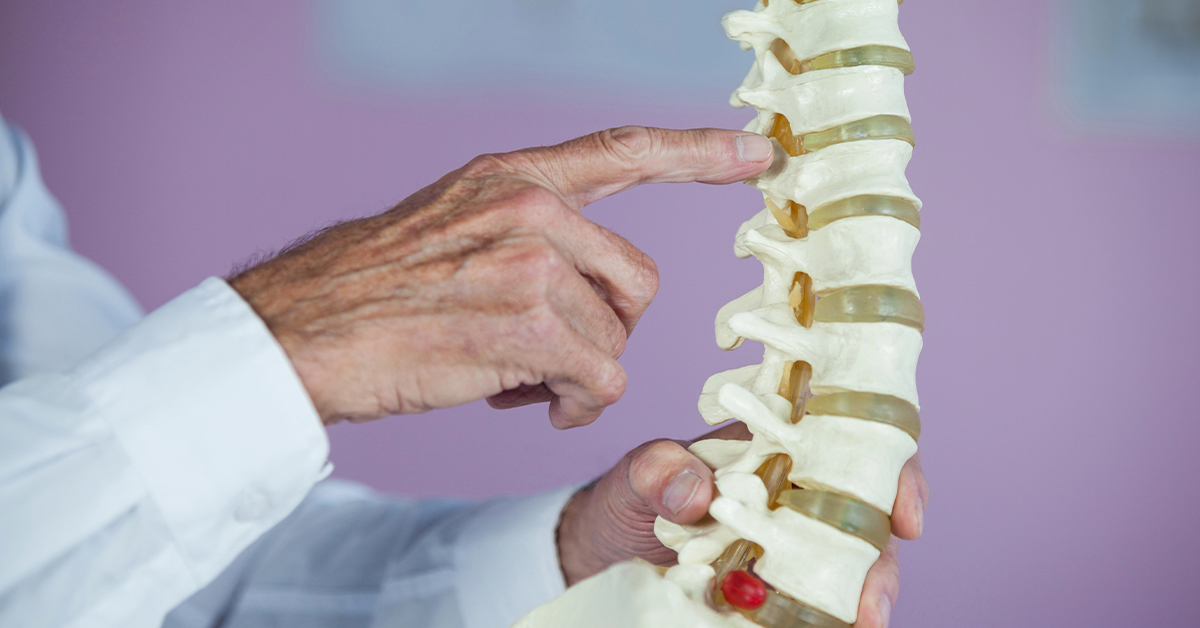
Herniated Disc Back Pain
Herniated disc back pain is a common and often debilitating condition that affects millions of people worldwide. A herniated disc occurs when one of the spinal discs, which act as cushions between the vertebrae, ruptures or bulges out of place. This can lead to pressure on the nearby nerves, causing pain, numbness, and weakness. The condition is most commonly found in the lower back (lumbar spine) but can also occur in the neck (cervical spine).
Causes of Herniated Disc
The primary cause of a herniated disc is age-related wear and tear known as disc degeneration. As people age, their spinal discs lose water content, becoming less flexible and more prone to tearing or rupturing with even minor strain or twist. In addition to aging, other factors such as:
- Improper lifting techniques
- Repetitive strenuous activities
- Obesity
- Sedentary lifestyle
These factors can increase the risk of disc herniation. Trauma or injury, such as a fall or a car accident, can also lead to a herniated disc.
Symptoms of Herniated Disc
Symptoms of a herniated disc vary depending on the location of the disc and the severity of the herniation. Common symptoms include:
- Sharp or burning pain radiating down the leg (sciatica) if the herniated disc is in the lower back
- Pain radiating into the arm if the herniation is in the neck
- Numbness, tingling, and muscle weakness
These symptoms can significantly impact one's ability to perform everyday activities.
Diagnosis and Treatment
Diagnosing a herniated disc typically involves a physical examination and a review of the patient’s medical history. Imaging tests such as MRI or CT scans are often used to confirm the diagnosis and to determine the extent of the disc damage.
Treatment options for herniated disc back pain vary based on the severity of the symptoms and the individual’s overall health. Conservative treatments include:
- Physical therapy to strengthen the muscles supporting the spine and improve flexibility
- Pain medications to manage inflammation and discomfort
- Lifestyle modifications
In cases where conservative treatments are not effective, more invasive procedures may be considered, such as:
- Epidural steroid injections to reduce inflammation around the affected nerves
- Surgery, including discectomy or spinal fusion, for severe cases with significant nerve compression or persistent pain
Prevention
Preventing herniated disc back pain involves maintaining a healthy lifestyle, staying active, and practicing good posture. Regular exercise, particularly activities that strengthen the core muscles, can provide essential support for the spine. Proper body mechanics, such as lifting with the legs instead of the back, can also reduce the risk of disc injury.
Herniated disc back pain is a challenging condition that can significantly affect quality of life. Understanding the causes, symptoms, and treatment options can help individuals manage their condition effectively and reduce the impact on their daily activities. If you experience persistent back pain, it is crucial to seek medical advice to determine the best course of action for your specific situation. With proper care and lifestyle adjustments, it is possible to alleviate the symptoms of a herniated disc and maintain a healthy, active life.
